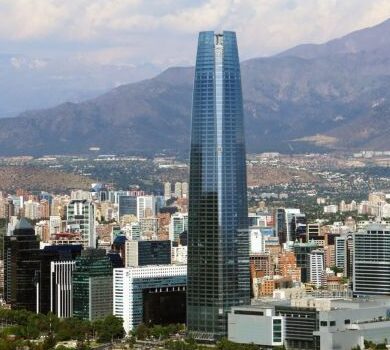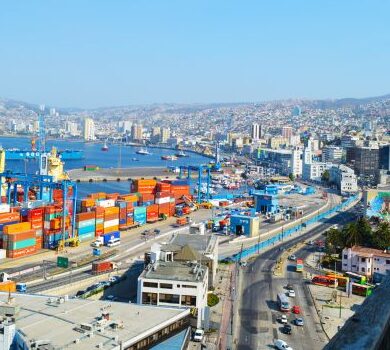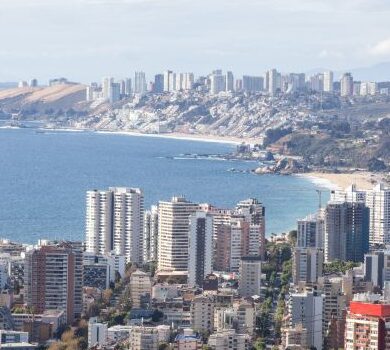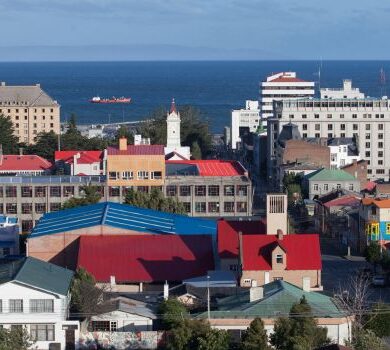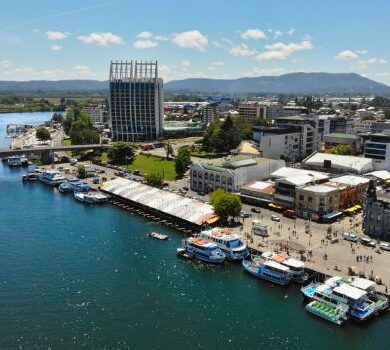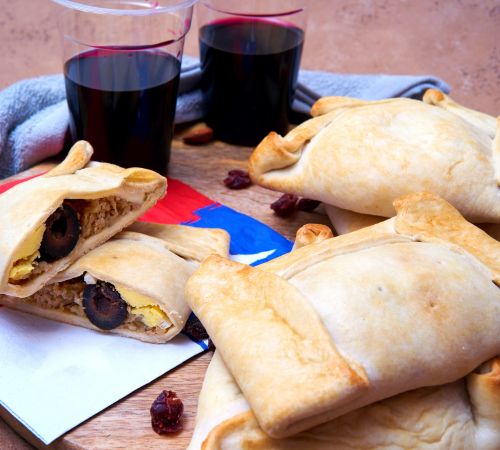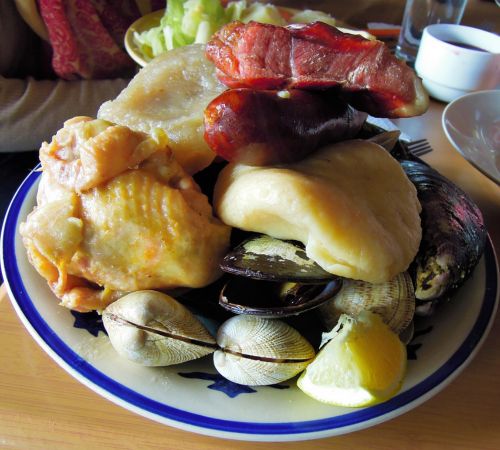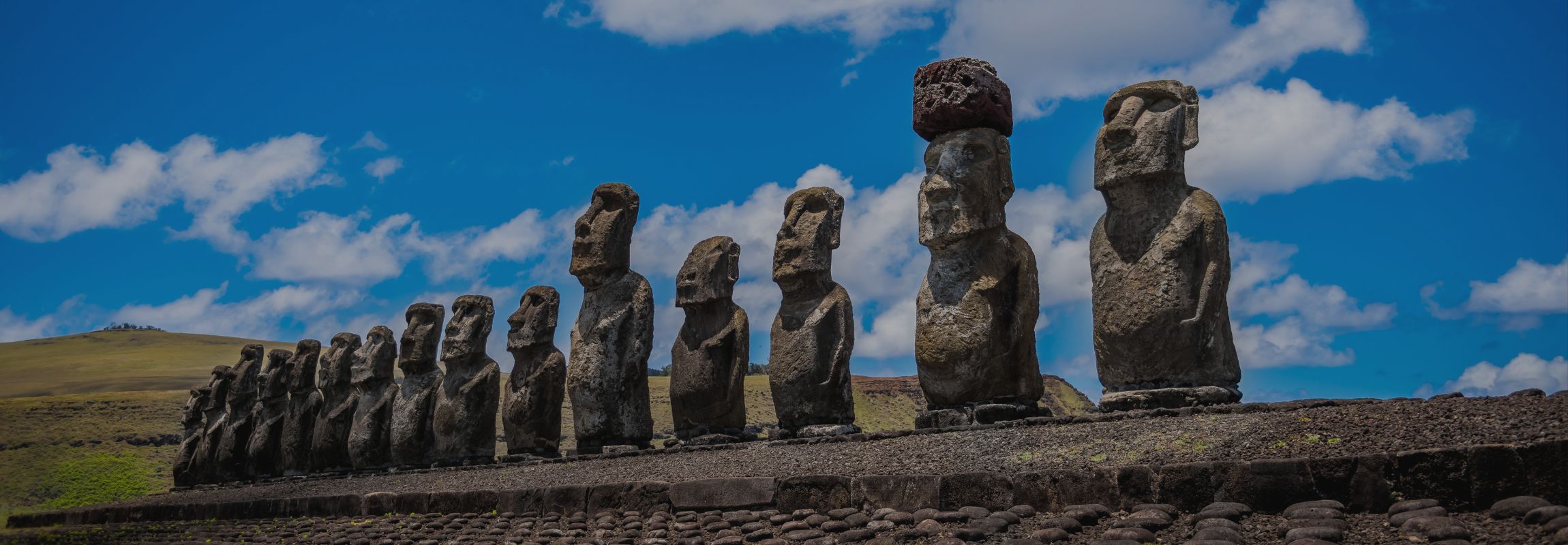
Chile
Nestled between the rugged Andes Mountains and the pristine Pacific Ocean, Chile beckons travelers with its captivating blend of natural wonders, cultural treasures, and warm hospitality. From the landscapes of the Atacama Desert to the beauty of Patagonia’s Torres del Paine National Park, Chile offers an unparalleled array of attractions. Explore ancient ruins on Easter Island, wander through the colorful streets of Valparaíso, or savor the flavors of Chilean cuisine in bustling Santiago. With its diverse landscapes, rich history, and vibrant culture, Chile promises a remarkable adventure that will leave a lasting impression on every traveler.
Why Visit Chile, the Tricontinental Country
Chile is an ideal destination for family adventures, offering diverse activities to suit every age and interest. From thrilling outdoor excursions to cultural experiences and wildlife encounters, Chile promises an enriching and enjoyable vacation for families. Its stunning natural landscapes, fascinating history, and warm hospitality make it the perfect destination for creating lasting memories together.
Chile is an excellent choice for adventurers, with all kinds of activities at varying levels. Some of them include:
- Hiking in Torres del Paine National Park: Explore the beauty of Patagonia together, setting off on hiking trails that lead to viewpoints and picturesque lakes.
- Discovering the Atacama Desert: A desert adventure leads to salt flats, geysers, and lunar landscapes. All the while, you’ll learn about this unique ecosystem.
- Wine tasting for parents, grape stomping for kids: Enjoy a wine-tasting tour in the Colchagua Valley while your kids have fun stomping grapes and participating in juice tastings.
- Exploring Easter Island: Dive into the mysteries of Easter Island, visit ancient Moai statues, and learn about the culture of the Rapa Nui people.
- Art and culture in Valparaíso: Wander through the colorful streets of Valparaíso as a family, admiring vibrant street art, riding historic funiculars, and exploring museums and galleries.
- Stargazing in the Elqui Valley: Marvel at the wonders of the night sky together at Elqui Valley. Enjoy guided stargazing tours and learn about constellations, planets, and galaxies.
- Skiing and snowboarding in the Andes: Enjoy family-friendly ski resorts and winter sports suitable for all skill levels.
- Cultural immersion in Santiago: Explore historic landmarks, sample delicious Chilean cuisine, and experience the city’s markets and street performers.
- Cruising in the Chilean fjords: Embark on a family cruise through the stunning Chilean fjords. Spot whales, dolphins, and seals while enjoying onboard activities and children’s entertainment.
- Kayaking and wildlife spotting in the Chiloé Archipelago: Paddle together through the waterways of the Chiloé Archipelago, spotting sea lions, dolphins, and different bird species along the way.
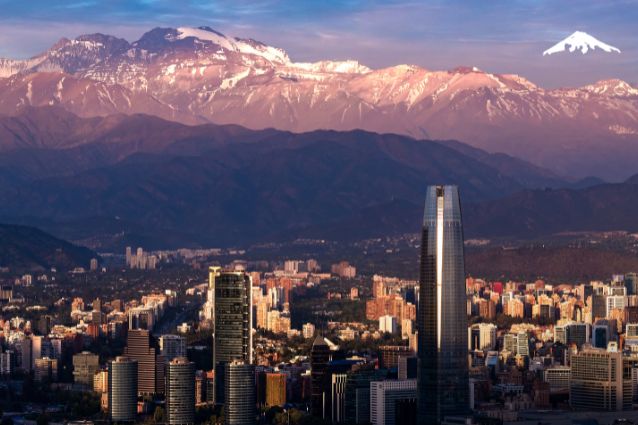
Santiago de Chile overview.
What Sets Chile Apart?
One of the most famous facts about Chile is that it is home to the Atacama Desert. Often regarded as the driest place on Earth, it spans approximately 600 mi (1,000 km) along the Pacific coast. Because it gets extremely low levels of precipitation, Atacama features some of the most arid conditions on the planet. Despite its harsh environment, this desert is renowned for its stunning landscapes, unique geological formations, and extraordinary biodiversity, making it a captivating destination for travelers and researchers alike.
Planning Your Chile Holiday
What languages are spoken in Chile?
The official language of Chile is Spanish.
Where is Chile located?
Chile is a long, narrow country stretching along the western edge of South America, with the Pacific Ocean to the west, Perú to the north, Bolivia to the northeast, Argentina to the east, and the Drake Passage to the south.
What is the weather like in Chile?
The north is desert-like, the central region has a Mediterranean climate with distinct seasons, and the south is cooler and wetter, with forests and fjords.
What is the currency?
The currency used in Chile is the Chilean Peso (CLP). You’ll find ATMs in cities and larger towns, and credit cards are widely accepted, though Visa and Amex are preferred to Mastercard.
Is Chile safe?
Chile is one of the safest countries in Latin America for travelers. Still, it’s always advised to take precautions, particularly in urban areas.
What is Chilean culture like?
Chilean culture is a vibrant blend of indigenous traditions, Spanish colonial heritage, and global influences, enriched by the diverse landscapes and the enduring respect for the land.
What’s the time zone in Chile?
Chile is in the Chile Standard Time Zone (CLT), which is GMT-3. It is the same as in Argentina and Brazil.
How long does it take to fly to Chile from the USA?
The most popular routes from the United States to Chile are: From Miami International Airport to Arturo Merino Benítez Airport, with an average flight time of 11h21min. From John F. Kennedy International Airport to Arturo Merino Benítez Airport, with an average flight time of 13h16min.
How much should I tip in Chile?
A tip of around 10% is acceptable for good service in a restaurant in Chile. Guides and drivers will also appreciate a tip. Your country specialist can advise on appropriate amounts.
Is it a friendly country?
Family and social connections hold great importance in Chilean society, with a strong emphasis on community and solidarity. Respect for hierarchy and tradition coexists with a growing awareness of social justice and equity, reflecting Chile’s dynamic social landscape.
Do I need a visa to visit Chile?
Travelers from certain countries may have specific visa requirements. For instance, tourists from Venezuela, Haiti, the Dominican Republic, Cuba, or Dominica must obtain a Transitory Stay Visa before arrival. With exceptions for Dominicans holding a valid North American visa.
What are the requirements to visit Rapa Nui Island (Easter Island)?
Additional requirements include a Single Entry Form (FUI), a round-trip ticket with a stay of no more than 30 days, and a reservation at a tourist service registered in SERNATUR or an invitation letter from the Provincial Delegation.
Note:
Remember, entry requirements can change, so it’s always a good idea to check the latest information from official sources. Or consult with your embassy before planning your trip to Chile.
What are the requirements to enter Chile?
All visitors must have a valid passport to enter Chile. U.S. citizens, for example, do not need a visa for tourism, business, or academic conferences and will be issued a Tourist Card for a stay of up to 90 days. You can extend this card for another 90 days upon payment of an extension fee. The Tourist Card must be surrendered upon departure.
What are the requirements for minors?
Chile has strict requirements for the entry and exit of minors under the age of 18 to prevent international child abduction. Even if traveling with both parents, evidence of the relationship to the child, such as an original birth certificate, may be required.
Must-Visit Cities
What To Eat in Chile
When Is the Best Time To Visit Chile?
It depends on the specific regions you plan to explore and the activities you want to engage in. Given Chile’s diverse geography and climate, different parts of the country have varying optimal travel seasons. Here’s a general guide:
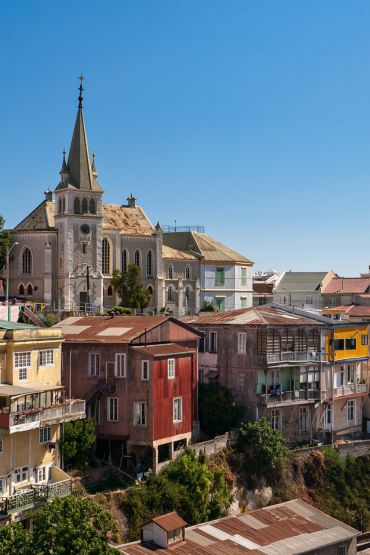
Including Santiago, Valparaíso, and the Wine Regions
Best time to visit:
During the spring (September to November) and fall (March to May), when the weather is mild, and nature is vibrant.
Travel tip:
Avoid the summer months (December to February) if possible, as it can be very hot, especially in Santiago and the central valleys.
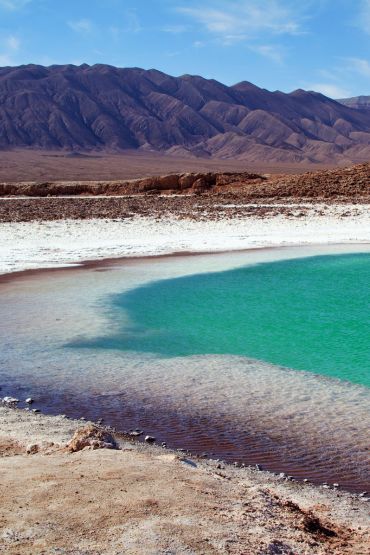
Including Atacama Desert and Antofagasta
Best time to visit:
The Atacama Desert is a year-round destination due to its stable, dry climate. However, the best time to visit is during the shoulder seasons (spring and fall).
Travel tip:
Summer (December to February) days can be scorching, while winter nights (June to August) can be chilly.
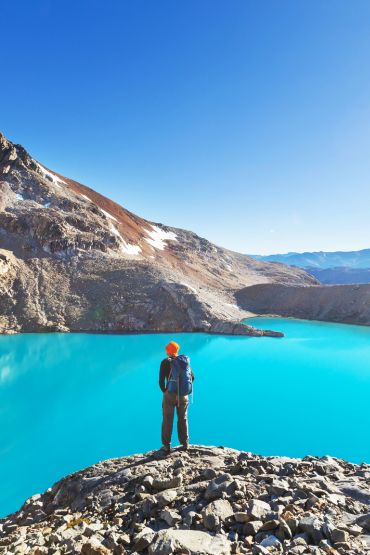
Including Patagonia, Lake District, and Chiloé Island
Best time to visit:
During the summer months (December to February) when the weather is relatively warmer. Spring (September to November) and fall (March to May) are also good times to visit, with fewer crowds and milder temperatures.
Travel tip:
Patagonia can experience unpredictable weather year-round, so be ready for sudden changes.
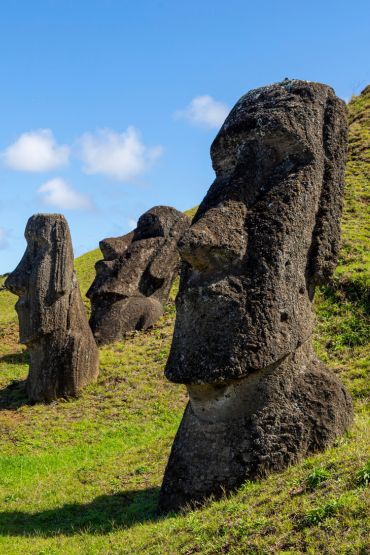
Easter Island (Rapa Nui)
Easter Island can be visited year-round due to its subtropical climate. However, the shoulder seasons (spring and fall) offer pleasant weather and fewer tourists.
Learn more about Latin America
Build Your Own Trip
You can contact us to create your own customized trip. If you have any special requests, like a private tour, a honeymoon, a family trip, or a very short tour, our destination experts will be happy to help you!


